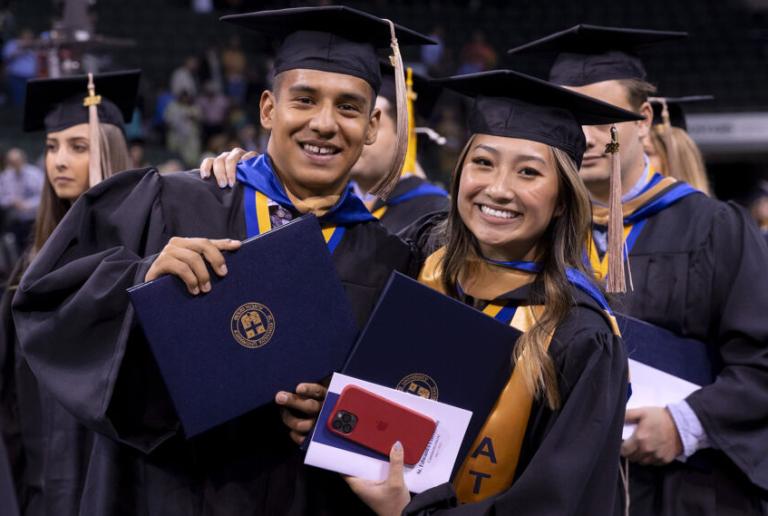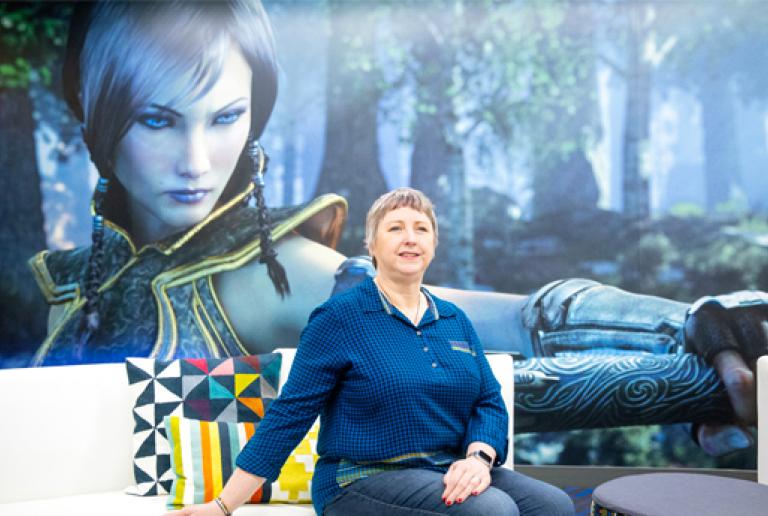Stand Out in the Tech Job Market with Skills in Coding
Develop a valuable skill set that can be applied to numerous industries and job roles with a Certificate in Coding for Non-Coders from St. Edward’s.
Designed specifically for individuals without programming experience, the Certificate in Coding for Non-Coders provides a foundation in coding along with the technical vocabulary needed to communicate effectively with professionals in the tech fields. Through a sequence of three courses, you’ll develop logic, critical reasoning and other computer literacy skills,
This certificate will provide you with the basic knowledge of algorithms and scripting that enable you to program, giving you an edge in a wide variety of occupations, including digital product management, product marketing, sales development, research analysis, content management, corporate finance, and on digital journalism and content creation teams.
What will you learn?
After completing the coursework for certification, you’ll have this impressive credential to show future employers. You’ll graduate with:
- The ability to write your own programs, including basic computer games, using an easy-to-learn scripting language (Python).
- Experience with such topics as databases, client/server models, and using higher Python functions for data analysis, games and simple apps.
- Experience with digital project planning, allowing you to apply your new coding skills by conceiving, developing, testing and deploying a game or mobile app.
Open to Students from Any Major
The Certificate in Coding for Non-Coders allows you to achieve certification while pursuing your undergraduate degree. To earn the certificate, you must have a cumulative GPA of 2.0 in the three-course sequence. Students who major in Digital Storytelling and Content Creation are encouraged to add this certificate to their credentials.
- Beginning Coding for Non-Coders – VGAM 1310
- Intermediate Coding for Non-Coders – VGAM 2321
- Methods of Digital Production – VGAM 3332
For more details and course descriptions, view and download the Undergraduate Bulletin (PDF).
- Robert Denton Bryant, MFA, Director of the Video Game Development Program
- Kimberly A. Garza, MCD, Associate Professor of Graphic Design
- Jeremy Johnson, PhD, Associate Professor of Video Game Development




